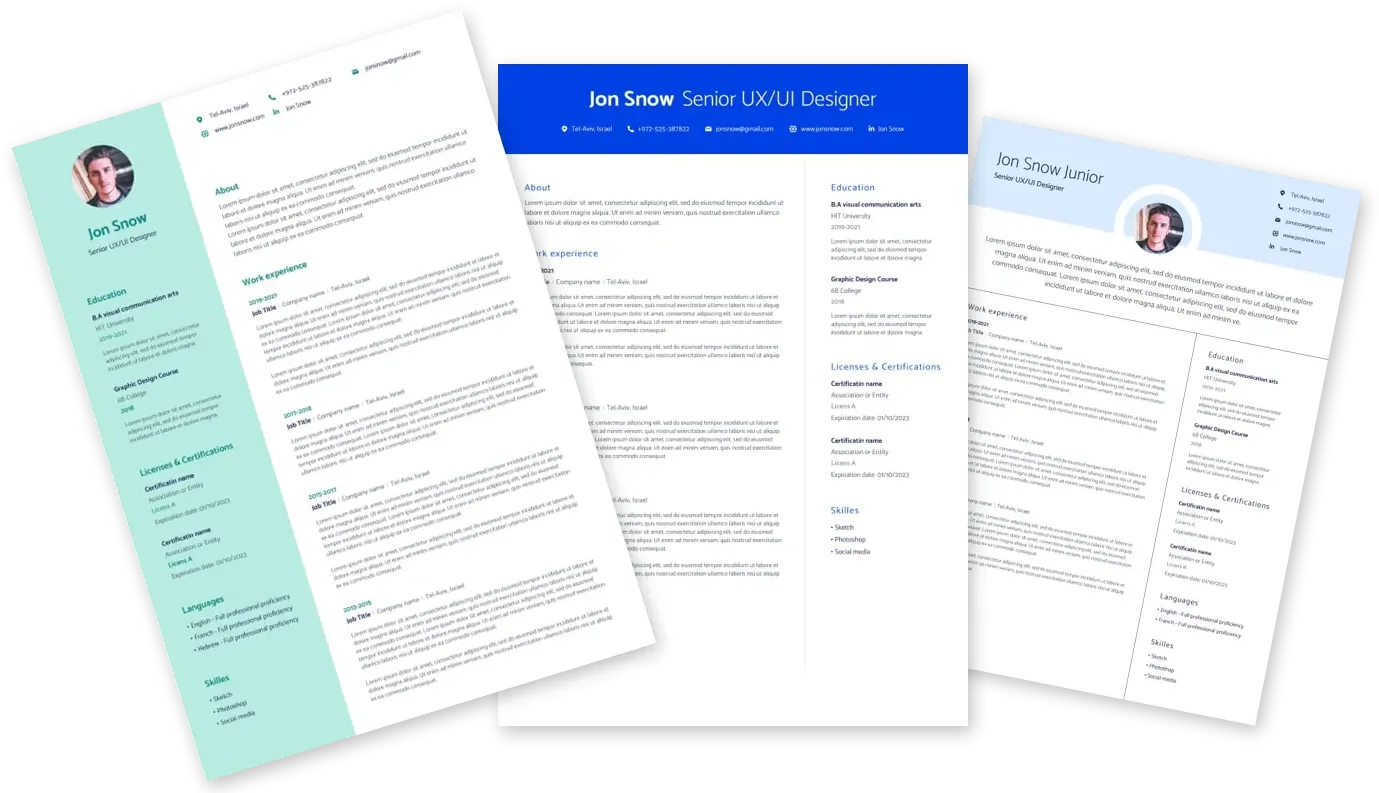As ayou will review floodplain/building permits for structures within floodplains and inspects developments to determine compliance with the community development standards and National Flood Insurance (NFIP) requirements. In this role, you will also explain floodplain development requirements to community leaders, citizens, and the general public when requested. Other responsibilities include maintaining records and documents that keep the community eligible to participate in the NFIP and Community Rating System (CRS).
Essential Duties and Responsibilities
- Reviews and approves floodplain permits for structures within floodplains and inspects developments to determine compliance with the community development standards and NFIP requirements. Duties include establishing base flood elevations (BFE’s) in special flood hazard areas (SFHA) and prohibiting development within floodways.
- Explains the requirements of the NFIP and the community’s program to the general public, elected and/or appointed community decision makers, developers, architects, engineers, land surveyors, planners, and the media.
- Reviews proposed developments to ensure that all necessary permits and approvals have been received from those governmental agencies from which approval is required by Federal or state law, including Section 404 of the Federal Water Pollution Control Act, modifications to designated historical structures, Executive Order 11988 (Federal floodplain management requirements), and Executive 11990 (protection of wetlands).
- Reviews, approves and/or denies updates (revisions) to the community’s Flood Insurance Rate Maps (FIRMs) which occur through remapping efforts such as FEMA Multi-Year Flood Hazard Identification Plan (MHIP) and FIRM map revision actions that include Letters of Change (LOMC), Letters of Map Amendment (LOMA), Conditional Letter of Map Amendment (CLOMA), Letter of Map Revision Based 3/23/2010 on Fill (LOMR-F), and Conditional Letter of Map Revision Based on Fill (CLOMR-F). The Floodplain Coordinator will enforce the requirements described in FEMA/FIA Technical Bulletin 10-01 and FEMA’s LOMR-F which require certification that structures built on fill in or near SFHA’s are “reasonably safe from flooding.”
- Maintains a floodplain management reference library that includes current and previously published: Flood Insurance Study Reports; FIRM’s; Flood Boundary Floodway Maps; Flood Hazard Boundary Maps; Drainage Master Plans,
- Comprehensive Master Plans, zoning requirements, Flood Mitigation Plans, Hazard Mitigation Action Plans, community permit procedures; floodplain management plans, studies, and publications related to the community and adjacent areas (county-wide); current and past copies of Flood Damage Prevention Ordinances and related ordinances; community codes and development procedures pertaining to drainage, land use and floodplain management; floodplain management correspondence files; building permit files; FEMA/NFIP Biennial Reports; CRS Program files; NFIP flood insurance policy and claims data; NFIP Repetitive Loss Lists; and community disaster response and recovery records.
- Conducts educational programs for realtors, lenders, builders, engineers/land surveyors, general public, and other interested groups on a scheduled basis. Coordinates these training efforts with the State NFIP Coordinator, FEMA Regional Office, State or National Floodplain Management Associations, Regional Planning Commission, and others to capitalize on ongoing training activities.
- Ensures that the Building Division is equipped with sufficient copies of the current community and/or county-wide Flood Insurance Study (FIS), FIRM, available Geographical Information System (GIS), topographic and aerial mapping, Elevation Reference Mark (ERM) data, and floodplain management reference materials. These documents are to be reviewed and updated annually, or as studies and publications become available.
- Conducts an annual review of the FEMA “Repetitive Loss” list to identify such properties located within the community, verify accuracy of data and establish priorities for possible mitigation. Corresponds with FEMA to verify the “Repetitive Loss” list accuracy as requested.
- Provides technical guidance on the various mitigation methods available for citizens of the community, including acquisition and relocation; elevation; demolition and rebuilding; floodproofing; and retrofitting.
- Attends various interdepartmental and intradepartmental meetings for the purpose of providing/exchanging information on issues related to floodplain management.
- Certified Floodplain Manager (CFM®) certificate and maintain required continuing education requirements or obtain and maintain the CFM Certificate within (6) months of hire or promotion.
- Two (2) years of professional level experience in one or more of the following fields: building or construction plan review; elevation certificate review; NFIP requirements; FIRM interpretation; or assisting in the development and implementation of other floodplain management related programs and/or green building and/or permitting.
- Must possess a valid Florida driver’s license
- Travel up to 50%
Ideally, here’s what you will also have:
- Bachelor’s degree in Architecture, Engineering, or building related field
- One (1) year of experience in a supervisory/lead capacity or floodplain project management.
Working Conditions & Physical Requirements:
The physical and environmental demands required to perform the essential duties of this position include standing, walking, sitting, coordination, balance and agility demands, which may include the ability to stoop, kneel, squat, grasp, reach, perform repetitive hand movements. Additional demands may involve a specific level of dexterity, grip strength, climbing and cardiorespiratory demands. The work areas may be indoor, outdoor, have loud noise, active machinery, high pressure fluid systems, electrical equipment, confined spaces, heights and depths, fumes, air borne particles, noxious gases, and chemicals. The use of appropriate safety equipment will be mandatory in these areas to prevent hazardous contact.


